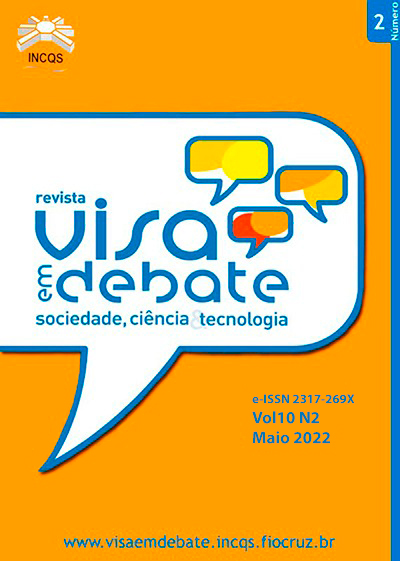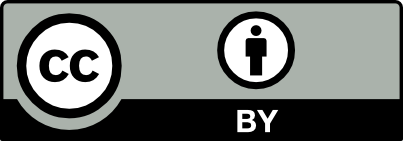Trichological analysis of guard hairs of Mus musculus, Rattus rattus e Rattus norvegicus (Rodentia: Muridae) applied to research and identification in food
DOI:
https://doi.org/10.22239/2317-269x.02009Keywords:
Food Inspection, Foreign Matter, Light Filth, Health Risk, Synanthropic RodentsAbstract
Introduction: Rodents are among the most important pests in the world and when these individuals or their fur are found in food, they are considered foreign matter indicative of health risk. On the other hand, the presence of human and other mammalian hair is considered indicative of failures in good practices. Thus, the characterization of the hair
of synanthropic rodents and its differentiation from other mammal species are relevant and necessary. Objective: To characterize the microstructural patterns of guard hairs of the three main species of rodents that infest food storage environments and to present a proposal for a protocol for the trichological analysis of isolated hairs. Method: Hair samples were plucked from collected specimens of the rodent species Mus musculus, Rattus rattus and Rattus norvegicus. Intact guard hairs were selected for the preparation of slides for observation of the microstructure. In total, 20 guard hairs were analyzed for the characterization of medullary patterns and 91 guard hair cuticular impressions were examined for the characterization of cuticular
patterns. Results: It was observed that M. musculus presented alveolar medulla and losangic cuticle with variations in the shape and size of the scales. R. rattus and R. norvegicus presented reticulated medulla and losangic cuticle, also with variations. A protocol with an identification fluxogram was presented for the analysis of the studied hairs. Conclusions: The hairs of the studied synanthropic rodent species can be differentiated from other mammalian species of health interest by the presence of alveolar and reticulated medullary patterns in the guard hair shield. For the studied species, only the medullary pattern of the guard hair shield confers a diagnostic character.
Downloads
Downloads
Published
Issue
Section
License
Copyright (c) 2022 Health Surveillance under Debate: Society, Science & Technology (Vigilância Sanitária em Debate: Sociedade, Ciência & Tecnología) – “Visa em Debate”

This work is licensed under a Creative Commons Attribution-NonCommercial 4.0 International License.
COPYRIGHT ALLOWANCE The author (s) hereinafter designated as the ASSIGNOR hereby assign and transfer, free of charge, the ownership of the copyrights related to this ARTICLE to the Vigilância Sanitária em Debate: Sociedade, Ciência & Tecnologia (Health Surveillance under Debate: Society, Science & Technology) – Visa em Debate, represented by FUNDAÇÃO OSWALDO CRUZ, established at Av. Brasil, nº 4365, Manguinhos, Rio de Janeiro, RJ, Brazil, CEP 21045-900, under the conditions set out below: (a) The terms and conditions set forth in this Agreement shall apply to the following: 1. The ASSIGNOR declares that they s(he) is (are) the author (s) and owner (s) of the copyrighted property of the ARTICLE submitted. 2. The ASSIGNOR declares that the ARTICLE does not infringe the copyrights and / or other property rights of third parties, that the disclosure of images (if any) has been authorized and that they s(he) assume(s) full moral and / or property liability for its content, before third parties. 3. THE ASSIGNOR assigns and transfers all copyrights relating to the ARTICLE to the ASSIGNEE, especially the rights of editing, publication, translation into another language and reproduction by any process or technique. The ASSIGNEE becomes the exclusive owner of the rights related to the ARTICLE, and any reproduction, totally or partially, is prohibited in any other means of publicity, printed or electronic, without prior written authorization from the ASSIGNEE. 4. The assignment is free and, therefore, there will be no remuneration for the use of the ARTICLE by the ASSIGNEE.







